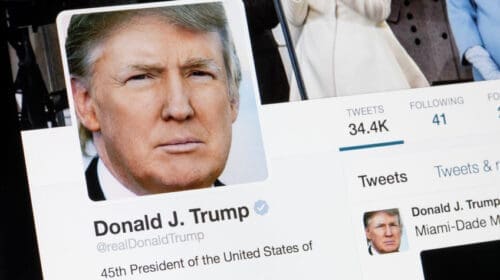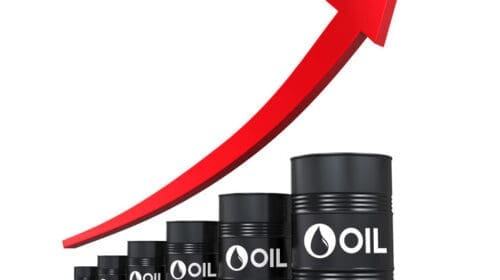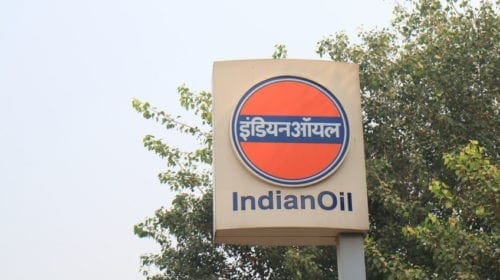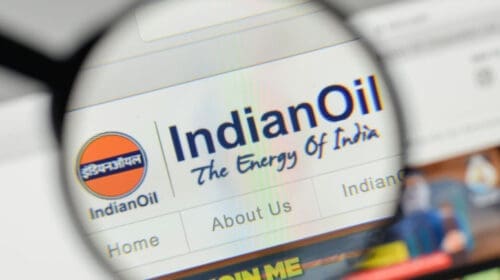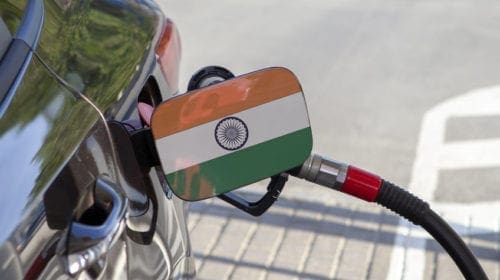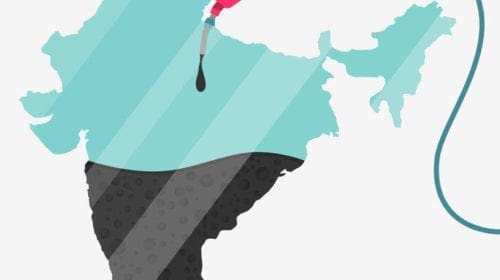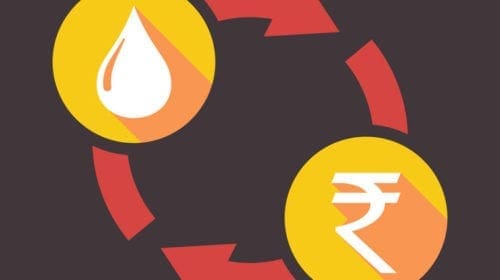Saudi Aramco, the world’s largest oil producer will be providing additional crude oil to domestic Indian refiners to meet the shortages arising out of the Iran sanctions, reports the Reuters.
Citing unnamed sources in state-controlled India’s oil companies, the Reuters has reported that the Saudi Arabian oil giant has offered to boost the Indian supplies by 200,000 barrels a day (bpd) which would make up for almost half of India’s oil imports from Iran.
The Reuters report says that on an annual basis, 200,000 bpd of crude oil imports would mean an additional 10 million tonne (mt) of increased oil from Saudi Arabia. Aramco’s offers are set for deliveries starting June 2019. India is still getting oil from Iran on pre-negotiated terms but the U.S. sanctions will come into full effect from June and India will not be able to import oil from Tehran. Mangalore Refinery and Petrochemicals (MRPL) is the only Indian refiner out of four government-owned refiners that had bought Iranian oil under the sanction waivers and will lift around 2 million barrels in June 2019.
Available figures suggest that India imported 23.9 mt of crude oil from Iran in FY19, making Iran the third biggest exporter of oil after Iraq and Saudi Arabia. Under its exemption from the United States sanctions on Iran that ended on May 02, 2019, India was allowed to buy some 300,000 bpd of Iranian oil, down from 452,000 barrels per day bought in the 2017-18 financial year.
The U.S. sanctions on Iran is not a new issue. The issue of sanctions on Iran came into highlight again in May last year, when the United States, unilaterally withdrew from its 2015 landmark nuclear deal with Iran and re-imposed economic sanctions that had been suspended in return for curbs on Tehran’s nuclear program. At that time, U.S. President Donald Trump has vowed to reduce Iran’s oil exports to zero. Some sanctions took effect from August 6, 2018, while those affecting the oil and banking sectors were to start from November 5, 2018.
The landmark nuclear deal, signed during the Barack Obama regime, was concluded between Iran and six world powers which include, U.S., Russia, U.K., China, France, and Germany, that lifted sanctions on Iran but place strict limits on its nuclear program for 12 years. The deal was reached in Vienna in July 2015 and later ratified by the United Nations (UN).
After the United States re-imposed sanctions on Iran’s oil exports in November 2018, it initially allowed the eight biggest buyers of Iranian oil, which include, India, China, Japan, South Korea, Italy, Greece, Taiwan and Turkey, to keep purchasing limited imports for six months. However, the six-month granted waiver was to expire on May 2, 2019.
Washington decided not to renew its exemptions from U.S. sanctions against Iran that it granted last year to buyers of Iranian oil. However, the U.S. administration has announced earlier this month that President Donald Trump was confident Saudi Arabia and the United Arab Emirates would fill any gap left in the oil market.
India and China, Iran’s top oil buyers, stopped purchases after the U.S. withdrew waivers earlier this month to the two Asian giant countries and six other nations that allowed them to import some Iranian crude without being exposed to punitive action.
India imports more than 82 percent of petroleum products to meet its domestic requirement and so far the main supply of crude oil comes from the Middle Eastern countries. Iran has always been one of India’s main suppliers of oil, second only to Iraq and Saudi Arabia. Iranian oil is a lucrative buy for refiners as the Persian Gulf nation provides 60 days of credit for purchases and some other benefits.
Figures suggest that India had imported about 22 million tonnes of crude oil from Iran in 2017-18, while it (India) imported 207.3 mt crude oil in FY19 with Iraq (46.61 mt) being the top supplier followed by Saudi Arabia (40.33 mt), UAE (17.49 mt) and Venezuela (17.32 mt).
Energy-hungry India has its own problems for its energy requirements as the nation of over 1.3 billion people (India) imports more than 82 percent of petroleum products to meet its domestic requirement and the main supply of crude oil comes from the Middle Eastern countries, while Venezuela is at present its fourth largest supplier.
During ongoing developments, India has told Iran that it will decide on oil imports after the Parliament elections conclude later this month and emphasized that New Delhi remains committed to Chabahar Port as its gateway to the region.
India’s Foreign minister, Ms Sushma Swaraj conveyed these views to her Iranian counterpart Javad Zarif, who is visiting the country at his own initiative to brief the Indian side on his nation’s approach to recent developments in the region, including on the Joint Comprehensive Plan of Action (also known as the Iran nuclear deal) and to review bilateral cooperation.
Reports suggest that Iran has been consulting with other countries in the region including Russia, China, Turkmenistan and Iraq over the past few days. The visit offered India an opportunity to strike a balance in its ties with Iran and the U.S., which has imposed sanctions on Iran.
During his meeting with Swaraj, Zarif recalled the steps announced by Iran’s President Hassan Rouhani on May 8, including decisions linked to the export of enriched material and heavy water. Zarif said a 60-day timeline has been given to EU-3 and other parties to JCPOA to restore oil trade and banking channels.
Available data suggest that Iran, a member of the Organization of the Petroleum Exporting Countries (OPEC), exported almost 3 million bpd of oil at its pre-sanctions peak, but supply has dwindled to around 1.25 million bpd since the start of the year.
Besides Iran, Venezuela, which is the fifth largest supplier of crude to India, is also under U.S. sanctions. Under these circumstances, Indian oil companies are exploring raising imports from African countries and looking at the U.S. shale oil option.
India has also started exploring higher oil imports from other Latin American countries such as Brazil and Mexico with which it has shared a healthy economic relationship.
India born Tara Malhotra is a senior freelance energy writer with experience of more than two decades. He has worked for many international Oil, Gas and Energy publications. He holds a bachelor degree in Science and Post Graduate Diploma in Journalism and Mass Communication. He has also worked as a news photographer for many international publications. Currently, he lives and works in Sydney, Australia.
Oil and gas operations are commonly found in remote locations far from company headquarters. Now, it's possible to monitor pump operations, collate and analyze seismic data, and track employees around the world from almost anywhere. Whether employees are in the office or in the field, the internet and related applications enable a greater multidirectional flow of information – and control – than ever before.



